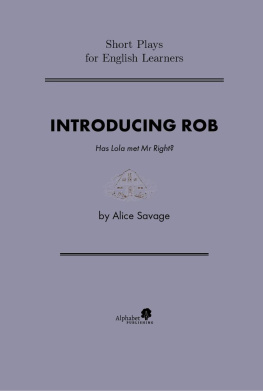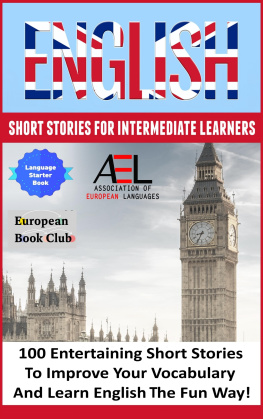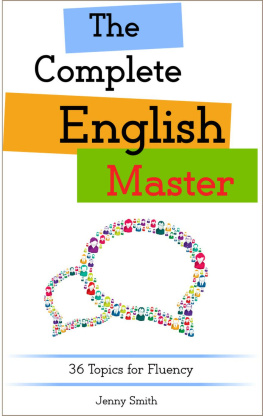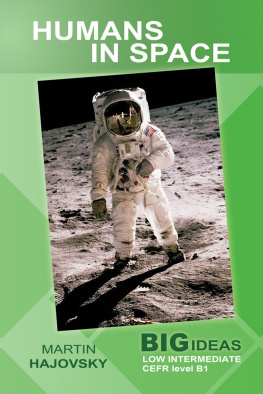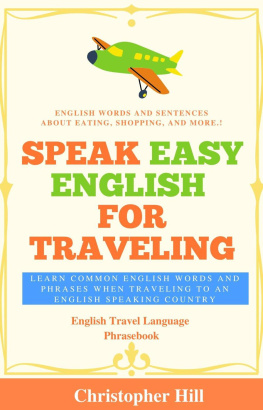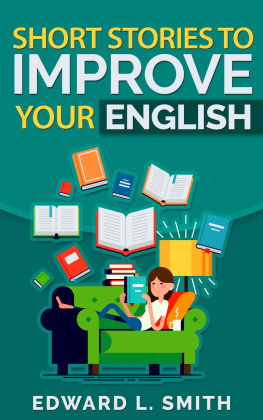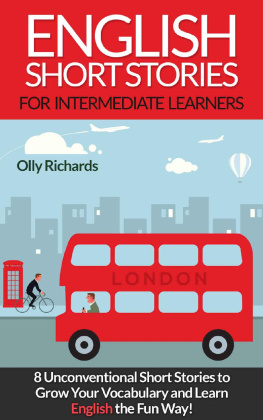All rights reserved.
No part of this book may be reproduced in any form or by any electronic or mechanical means, including information storage and retrieval systems, without written permission from the author, except for the use of brief quotations in a book review.
Introduction
When you read an article or story, you have a conversation. The writer shares information, experiences, and ideas but you, the reader, have your own ideas. When you read, you compare your experience and knowledge with the writers ideas. Then you make decisions. Do you agree with the writer? Can you use the information to be healthier or more successful in your job, for example? Do you feel like the writer understands your life? Or do you learn about someone with a different point of view?
Because reading is a conversation, every reader experiences a text differently. When you read something interesting, you often want to talk about it. You might want to share a similar experience, or you might want to argue. Maybe your friend understands the text in a different way. When you listen to your friend, you have a third set of ideas and experiences to compare to your own world view.
Big Ideas is designed to start interesting conversations between readers and writers, but also between readers and other readers. What it is like to be in an arranged marriage? Are robots going to take over the world? Can society survive without music? There is no right or wrong answer to these questions, but when you discuss them, you develop your awareness of the world. This is especially true for language learners.
There are also many practical reasons for reading the stories and articles in Big Ideas. The topics are important to modern life. Our readers report seeing similar topics on tests or in newspapers and magazines. Some people notice that the topics appear in casual conversations at work or on social media. The easy-reader approach helps them explore these topics without spending hours with a dictionary or figuring out tricky translations.
Big Ideas is also designed to help you develop language skills. Because our focus is on providing a positive reading experience, more than 90 percent of the words in this book are among the most common 2000 words in the English language. These are called high-frequency words. High frequency words appear over and over again in speaking and writing.
You might think it will be easy to learn high frequency words, and it is true that many words are easy. Content words such as tree, house, eat, drink, and blue put a picture in your mind. They represent things you can see and name. They often have one meaning, and you can translate them easily.
However, there is another kind of high frequency word. These words are called grammar words or function words. We like to call them shadow words because they do not have a clear meaning alone. They get meaning when they support the content words. Some examples include between, enough, and stay. For example, when I say, I stayed home yesterday, then stay has a different meaning from Lets try to stay awake all night or Stay away from the cookies. Im saving them for the party. We say that stay is a high frequency word because we use it for different meanings, but you cannot translate it easily.
Fortunately, there is a method to learn the different meanings of high frequency shadow words: read a lot. When you read, you see words in different combinations, and you learn their meanings. This can happen naturally, but it will happen faster if you pay attention to words in groups. When you notice and highlight or copy word combinations, you can learn shadow words and content words together.
Many of these word combinations are called collocations, or word partners. They are words that go together often. Stay awake is one example; spend time and tall tree are others. (We do not say continue awake, run time, or high tree.) By noticing these collocations, you can also learn the grammar that goes with a vocabulary word. For example, you might see educate as a verb in educate children, education as a noun in a college education, and educational as an adjective in an educational experience. Or, in another example, you can notice that some verbs are usually followed by a preposition, such as talk about or talk to, while others are followed by a noun, as in hear a bird. These grammatical details are hard to hear in spoken English, but they are easy to spot in a written text. On the website, we have provided a worksheet for developing language awareness in this way.
While vocabulary has a strong relationship with grammar, grammar has a strong relationship with sentences. In order to give you a positive reading experience, we have worked hard to provide easy-to-read sentences. We use grammar from low and intermediate levels, and we reduce synonyms and idioms. Our goal is to keep the big ideas, but present them in simple language.
We hope you will use Big Ideas in many different ways. You can read it on your phone or in a book; on a bus or in a class. You can use the ideas, language, and reflection questions to have a discussion with your tutor or a conversation with a friend. With the audio book, you can practice listening skills or prepare a presentation, and you can write summaries and papers to develop your writing skills. Our main goal is to help you develop the language you need to have successful experiences in English wherever and however they occur.


